Date farming is one of the oldest cultivated fruit practices in human history. The date palm (Phoenix dactylifera) thrives in arid climates and plays a vital cultural, economic, and nutritional role in both North Africa and the Middle East. Although both regions share similar climates ideal for date cultivation, their farming practices, varieties, export strategies, and technological integration offer fascinating contrasts. This article explores the key differences and similarities between date farming in North Africa and the Middle East, shedding light on what makes each region unique in global date production.
Historical and Cultural Importance
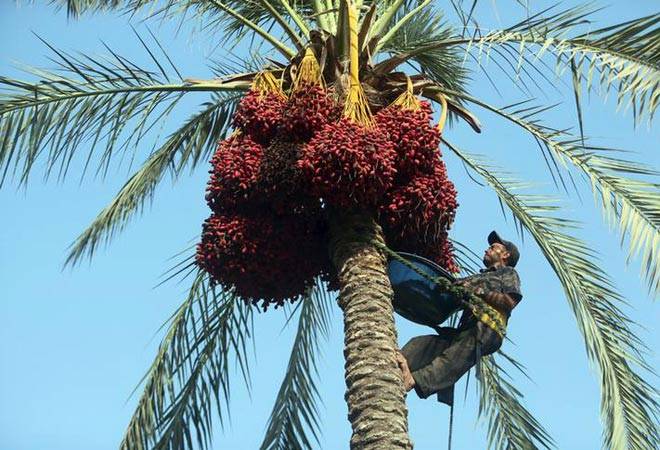
North Africa
In North Africa, particularly in countries like Egypt, Algeria, Tunisia, and Morocco, date farming has deep roots that date back thousands of years. The fruit has traditionally been used not only as a staple food but also in religious and social rituals, especially during Ramadan. Egypt is often considered the heartland of date production in Africa, contributing significantly to the world’s supply.
Middle East
The Middle East, especially countries like Saudi Arabia, the United Arab Emirates (UAE), Iraq, and Iran, holds a special reverence for date palms. Dates are considered a sacred fruit in Islamic culture and are consumed extensively during religious observances. In countries like Saudi Arabia, date palms are even considered a national symbol.
Climate and Growing Conditions
North Africa
North Africa offers a Mediterranean-arid hybrid climate ideal for date palms. The key farming regions are mostly in the oases and desert margins. While the dry heat is favorable, the limited water availability often restricts expansion. Farmers rely heavily on traditional irrigation methods like qanats and underground aqueducts, although modern drip irrigation is being adopted gradually.
Middle East
The Middle Eastern countries benefit from extremely hot and dry desert climates, which are perfect for high-quality date production. However, due to water scarcity, especially in countries like the UAE and Saudi Arabia, advanced irrigation systems like drip and subsurface irrigation are widely used. Desalination and treated wastewater are also being tapped for irrigation, reflecting a higher investment in agricultural technology.
Key Varieties Cultivated
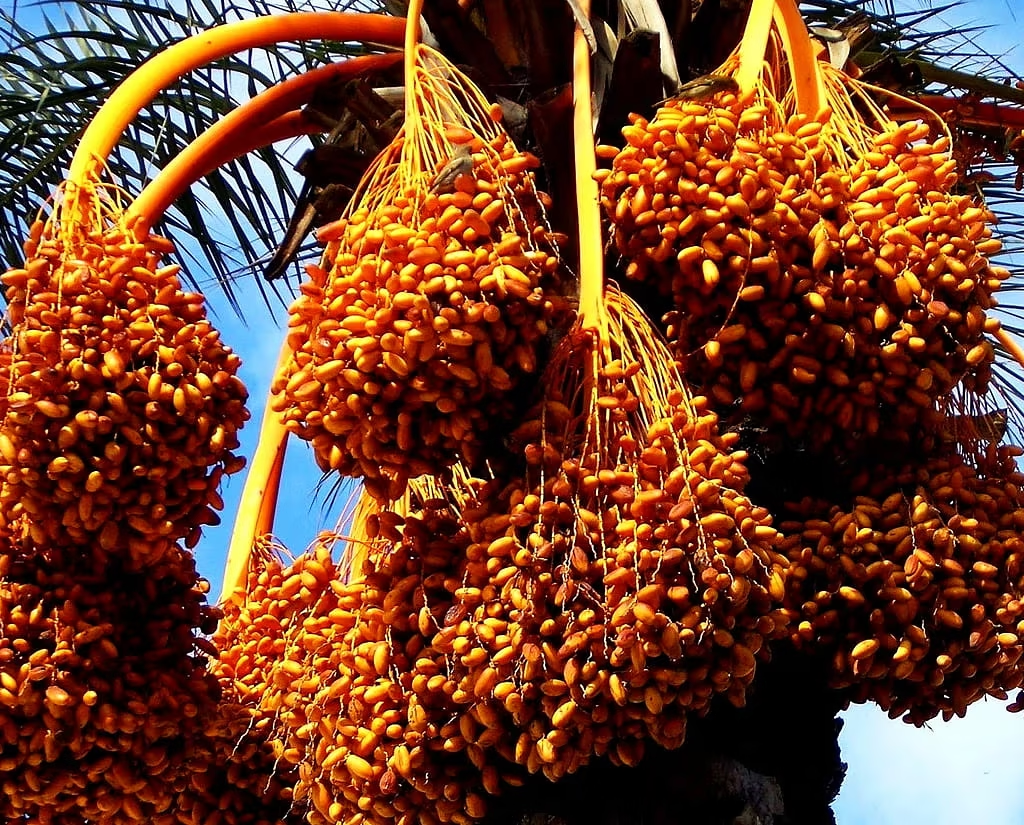
North Africa
North Africa is known for several high-quality date varieties:
- Deglet Noor (Algeria and Tunisia): Light-colored and semi-dry, highly favored in Europe and North America.
- Siwa Dates (Egypt): Grown in the Siwa Oasis, known for unique flavor and organic cultivation.
- Medjool (Morocco): A large, sweet, and soft variety that has found international favor.
These varieties are often prized for their natural sweetness and are usually sun-dried for preservation.
Middle East
Middle Eastern countries cultivate some of the world’s most premium varieties:
- Ajwa (Saudi Arabia): Dark, soft, and highly nutritious, often linked to religious traditions.
- Barhi and Khalas (UAE): These are sweeter and consumed fresh or semi-ripe.
- Zahidi (Iraq): Dry and firm, ideal for long-term storage and export.
Middle Eastern dates are often classified into soft, semi-dry, and dry types and are processed according to international market demands.
Farming Techniques and Technology
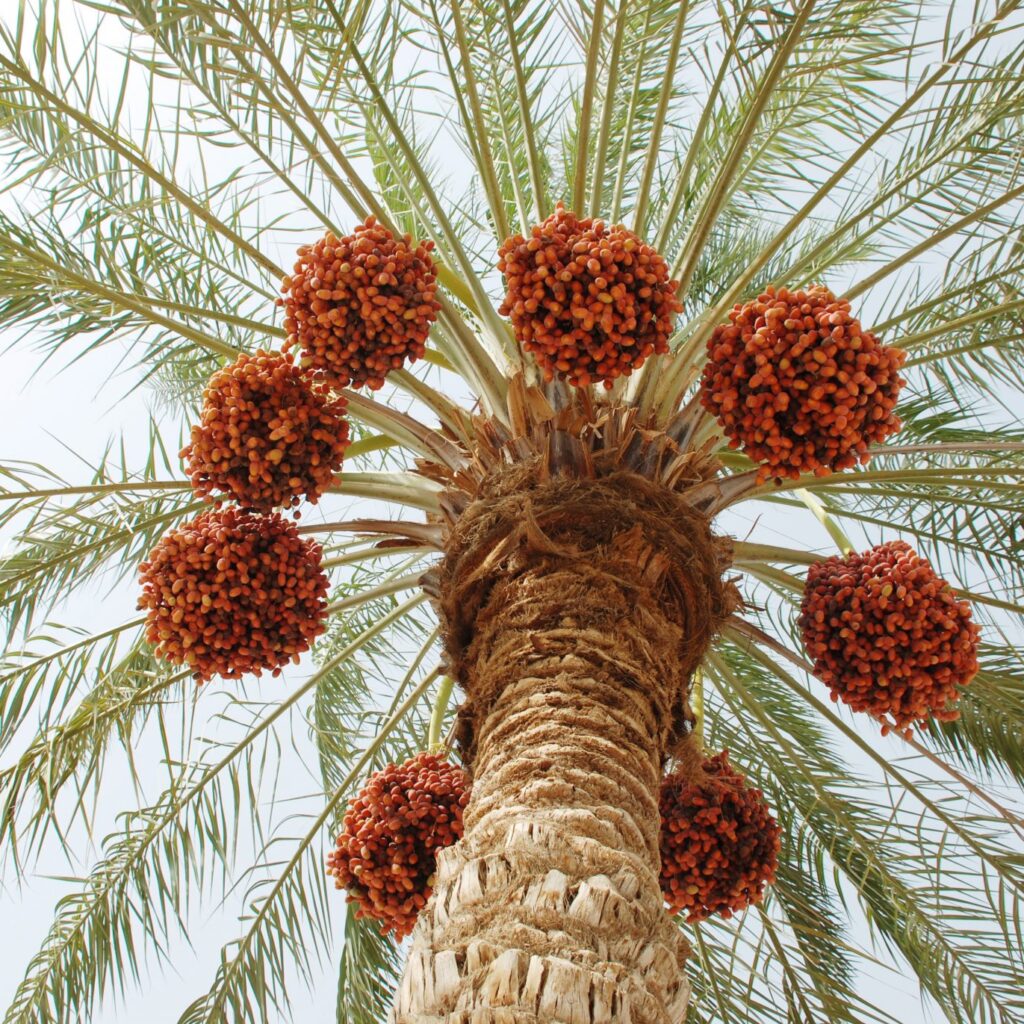
North Africa
Farming techniques in North Africa are often a mix of traditional and modern. Farmers rely on centuries-old knowledge passed down through generations. Manual labor still dominates, from pollination to harvesting. However, countries like Morocco and Tunisia are adopting more advanced practices like:
- Integrated pest management (IPM)
- Drip irrigation
- Organic farming certifications
Despite slower adoption of technology compared to the Middle East, there’s a strong push towards sustainable agriculture in recent years.
Middle East
The Middle East has significantly modernized date farming. Countries like the UAE and Saudi Arabia are global leaders in agri-tech innovation. Farming techniques include:
- Tissue culture propagation for disease-free plants
- AI-driven water management systems
- Use of drones for monitoring and spraying
- Mechanized harvesting in some large-scale farms
This modernization helps increase yield, reduce water use, and meet strict international quality standards.
Production Volume and Global Ranking
North Africa
- Egypt: World’s largest producer of dates by volume but ranks lower in exports due to high domestic consumption.
- Algeria and Tunisia: Major exporters, especially of the Deglet Noor variety.
- Morocco: Known for premium Medjool dates, often organically certified.
While North Africa leads in volume, post-harvest losses and limited export infrastructure affect their global competitiveness.
Middle East
- Saudi Arabia: Among the top five producers globally; heavily invested in date research and export quality.
- Iran: One of the largest exporters by volume; produces a wide variety of dates.
- UAE: Known for luxury date products and advanced farming; significant value addition through packaging and branding.
Middle Eastern countries often outshine North Africa in export value due to better processing and branding strategies.
Export Strategies and Market Reach
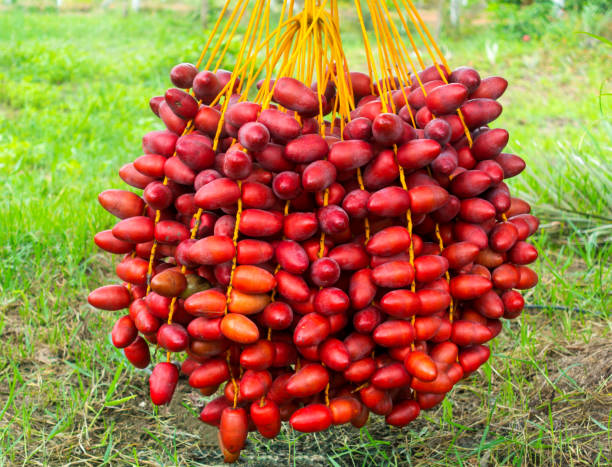
North Africa
North African countries primarily export to Europe and neighboring African nations. Their competitive edge lies in:
- Lower labor costs
- Organic certifications (especially from Tunisia and Morocco)
- Seasonal advantage
However, challenges include outdated logistics, limited cold chain infrastructure, and relatively poor branding.
Middle East
Middle Eastern exporters have established markets in:
- Europe
- North America
- Asia (particularly India, Malaysia, and Indonesia)
With strong government support, subsidies, and dedicated date festivals and expos, countries like the UAE and Saudi Arabia have elevated dates from a commodity to a cultural export. Branding plays a key role, with luxury packaging and value-added products (date syrup, stuffed dates, date chocolates) dominating shelves.
Challenges Faced
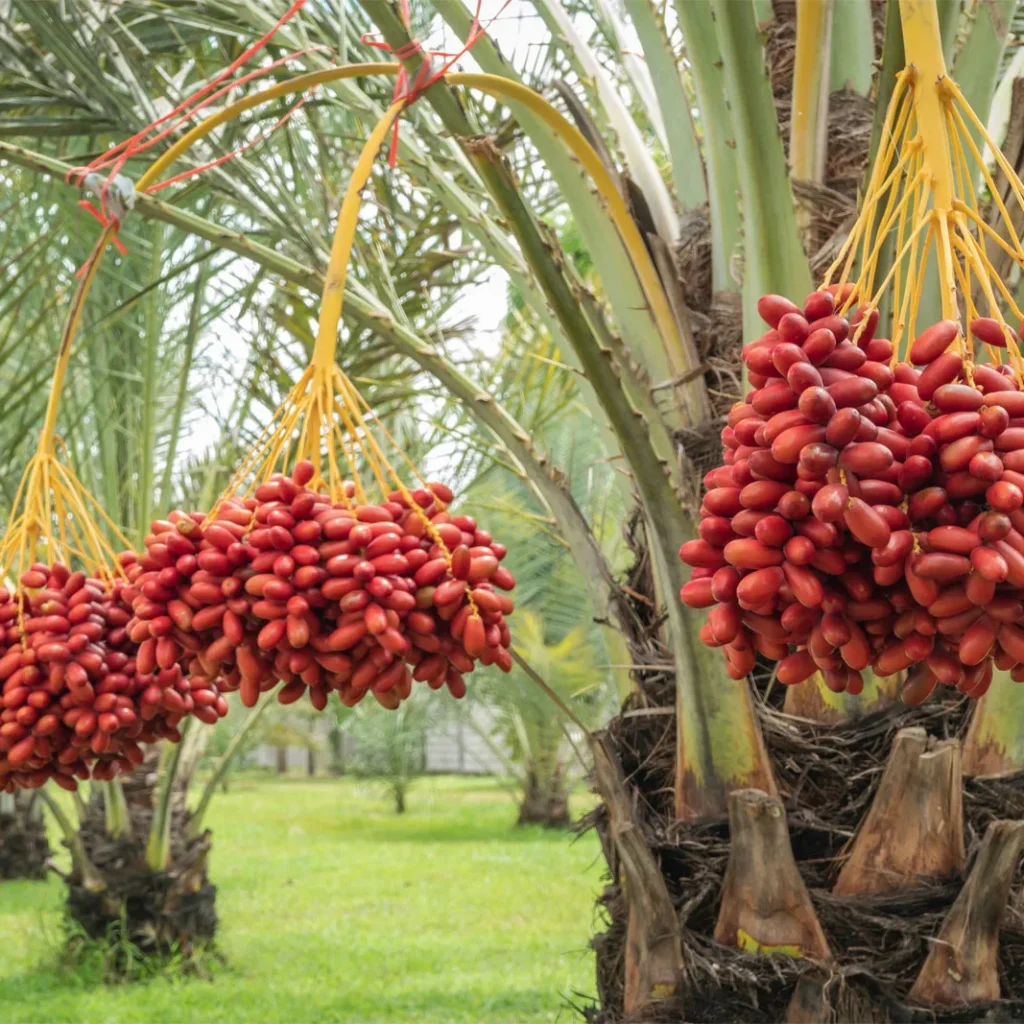
North Africa
- Water scarcity
- Climate change and desertification
- Lack of research and development funding
- Post-harvest handling inefficiencies
Middle East
- Rising water costs
- High production costs due to tech dependency
- Climate unpredictability affecting yields
- Political tensions affecting exports (e.g., sanctions on Iran)
Sustainability and Future Outlook
Both regions are moving towards sustainable date farming, but with different approaches.
- North Africa is leaning into organic farming and community-based agriculture. Programs supported by international NGOs aim to empower local farmers and improve market access.
- Middle East is investing in smart farming technologies, genetic research for climate-resilient varieties, and value-added exports to reduce dependency on raw fruit exports.
Climate change will play a significant role in shaping the future of date farming. Innovations like drought-tolerant varieties, solar-powered irrigation, and integrated pest control will be essential in both regions.
Conclusion
Date farming in North Africa and the Middle East showcases how geography, tradition, technology, and market strategy can shape the same crop in different ways. While North Africa leads in production volume with a strong cultural heritage, the Middle East stands out for its modernization, premium branding, and international export value. Understanding both models offers a comprehensive view of global date farming trends and points the way toward a more resilient, sustainable future for this ancient yet evolving agricultural sector.
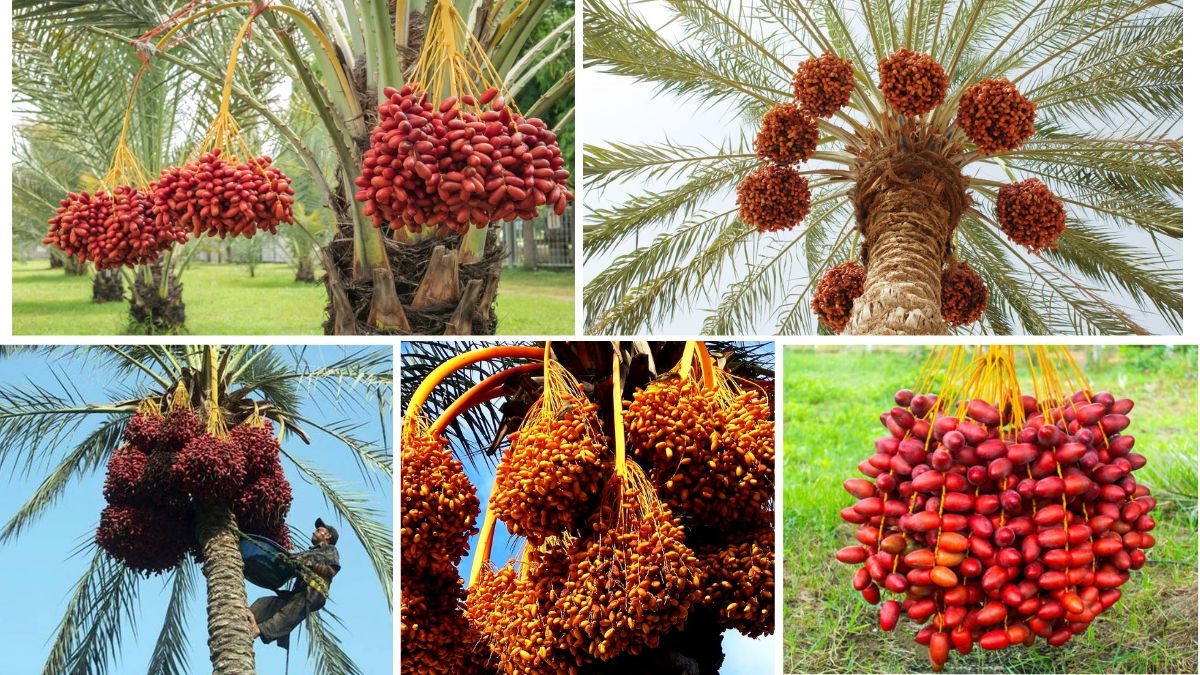
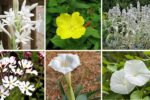
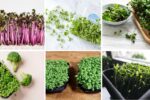

Leave A Comment